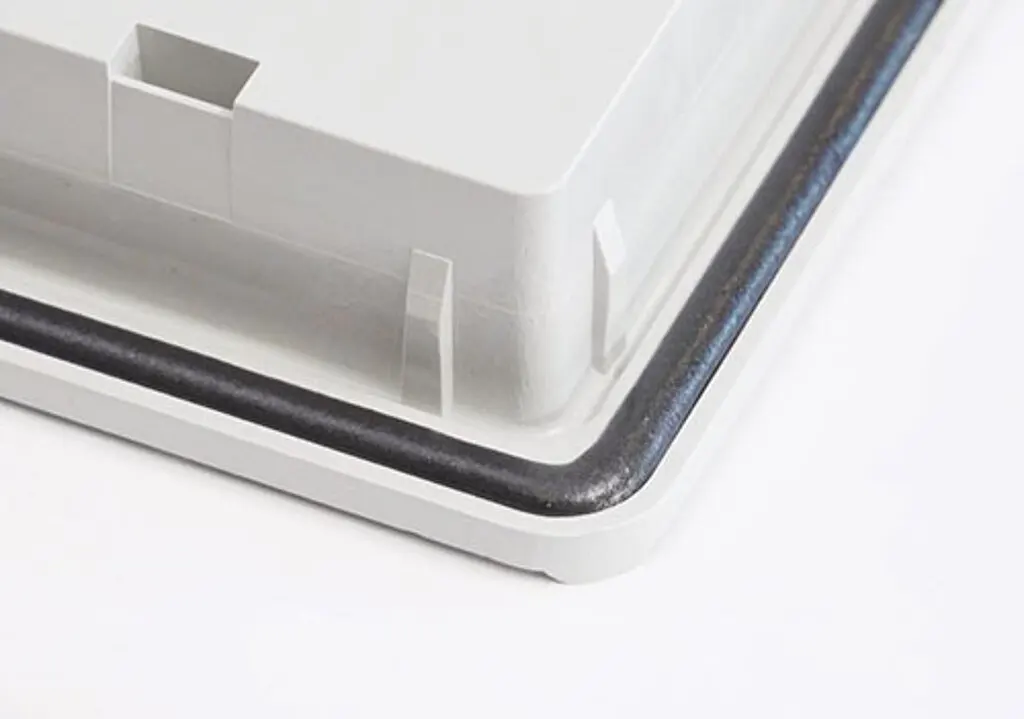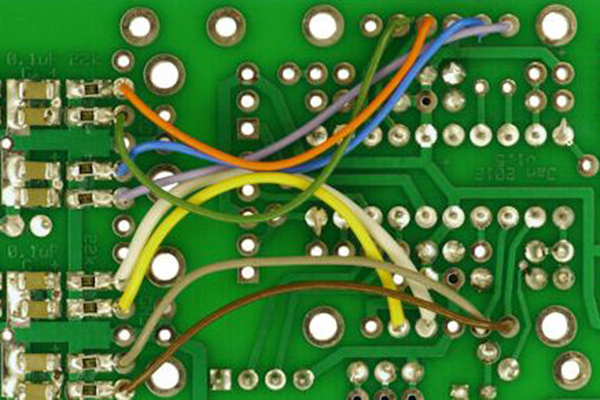UV-curing adhesives have been around for several decades, and their use is widespread, particularly in medical device assembly and the electronics industry. For the first time, UV adhesive became popular in medical device assembly because of restrictions on solvent bonding drove manufacturers to find more environmentally and user-friendly solutions. In the next stage, the boom in the electronics industry in saw the introduction of many exciting new UV-curable adhesives, geared to help speed up production lines by giving instant, high-performance bonding results.
Curing UV-activated adhesives through plastic substrates is challenging. Most plastics are UV-stabilised to prevent the plastic from degrading, becoming brittle, and turning yellow. This means they block out the UV light wavelength (which is also required to cure the adhesive). Development chemists experimented with different photoinitiators and found those with curing wavelengths more similar to that of visible light would trigger the adhesive to cure through UV-stabilised plastics, as well as allowing adhesive cure without the need of a UV lamp. The popularity of this type of light-activated adhesive in a variety of other industries is rapidly increasing. Thanks to its versatility it is now used by fabricators of a broad range of plastic items and assemblies.
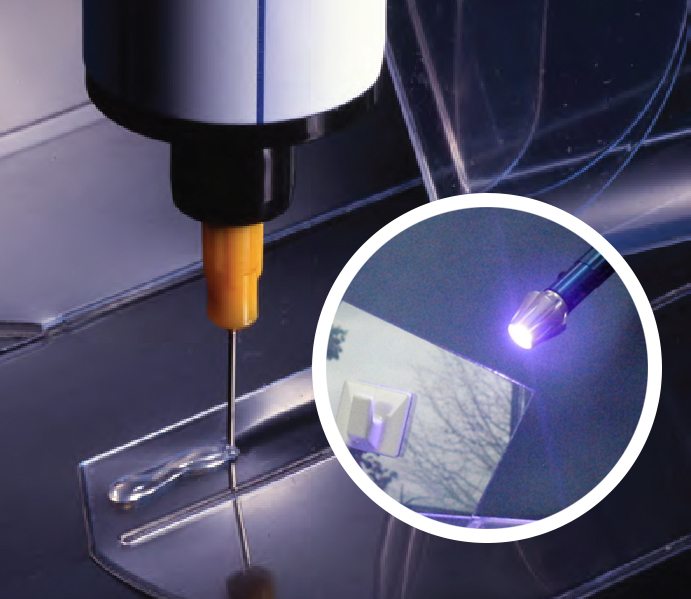
UV Adhesive for bonding UV-stabilised plastics
Also, a misnomer is describing UV-curable as the “type” of adhesive. The name says nothing about the type of adhesive. It simply states the cure mechanism. For example, epoxy can be a heat-cure epoxy, a two-component (mixable) epoxy, or a UV-cure epoxy. Most silicones are moisture-cured, but there are UV-curable silicones and similarly UV-curable cyanoacrylates.
To further complicate the naming of adhesives, many adhesives have more than one cure mechanism. Various types of UV-curable adhesives include:
♦ UV/Anaerobic sealant – The UV portion allows manufacturers to assemble parts with instant, on-demand handling times. The shadow-cure areas can then cure anaerobically to form high-strength, highly durable bonds with the chemical and environmental resistance of a high-strength anaerobic adhesive.
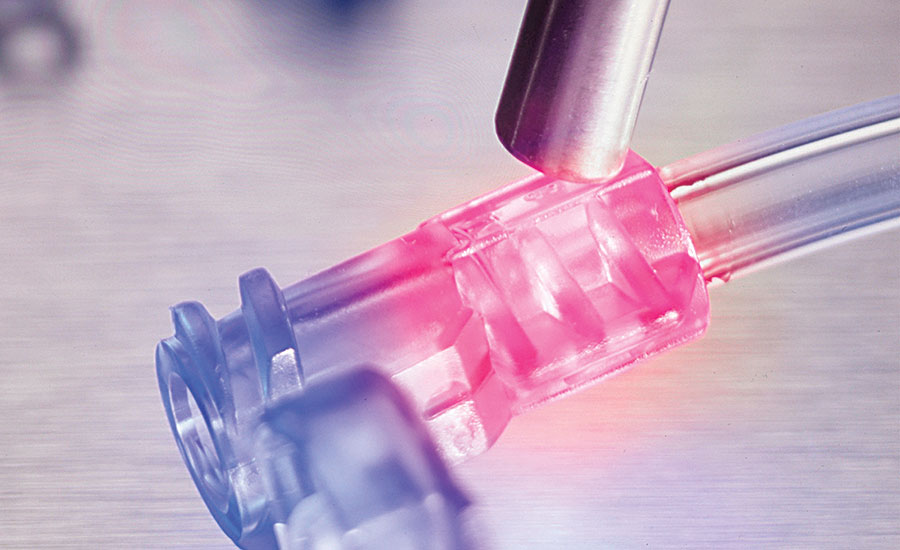
UV for thread locking application in medical devices
♦ UV/Heat Cure – The UV portion allows high-speed surface mount on PC boards. The heat cure ensures cure under the components.
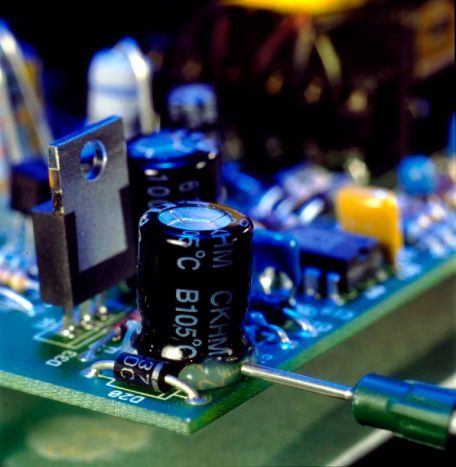
UV Adhesive for bonding PCB Components
♦ UV/ Moisture Cure – The UV portion allows a high-speed conformal coating on a PC board. The moisture cure ensures that shadowed areas cure.
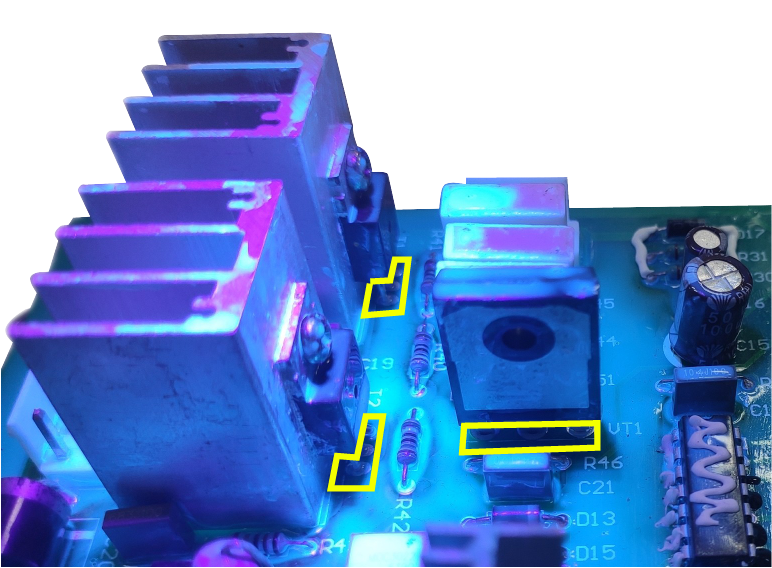
UV Adhesive for Conformal Coating and Moisture Cure for Shadow Area (Yellow Cover)
These are routinely called dual cures…Where this name falls down is in products that have more than two cure mechanisms. Such as:
♦ UV/Heat/Activator – The activator portion bonds the magnets into motor cans readily; the UV portion is used to instantly cure the squeezed out excess material, and the heat cure gives added assurance that if the gap was too large for the activator cure, that all product is cured.
For more information, please contact us through:
Email: gluexpert@prostech.ph
Hotline: (+84) 984 695 398



